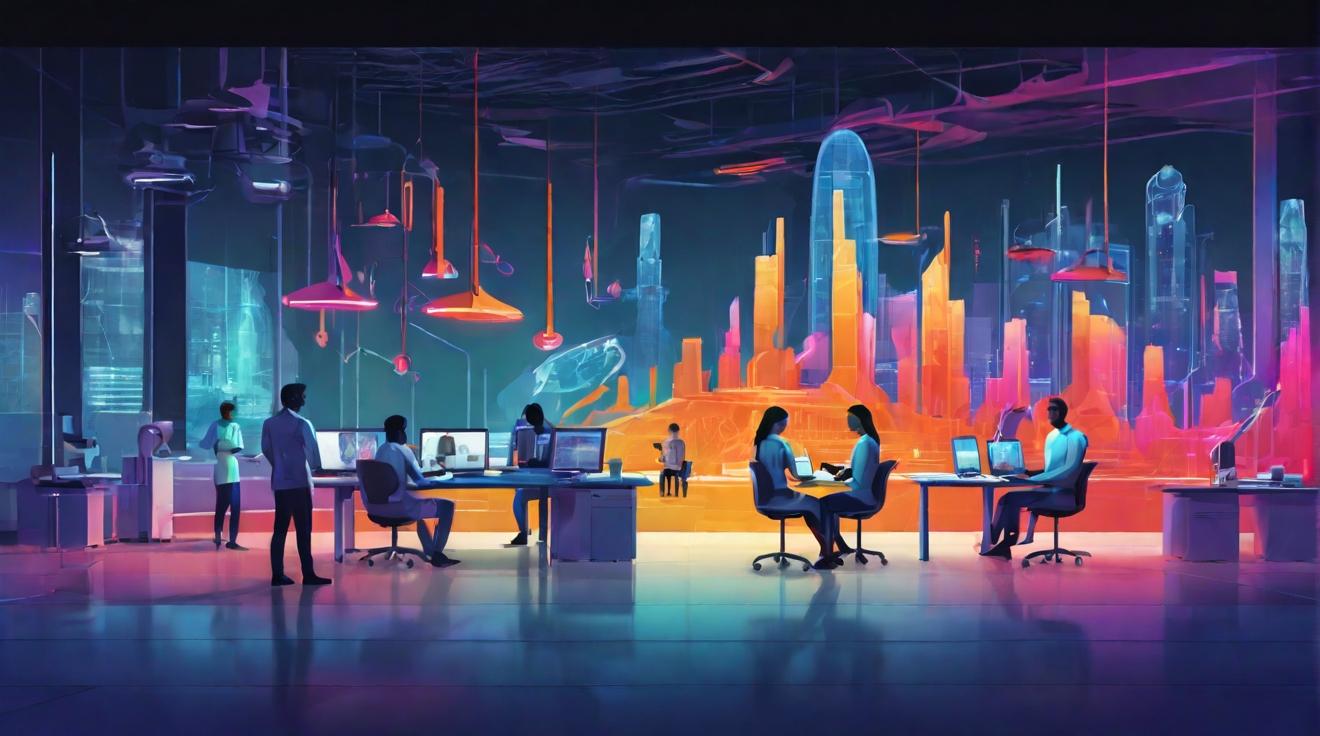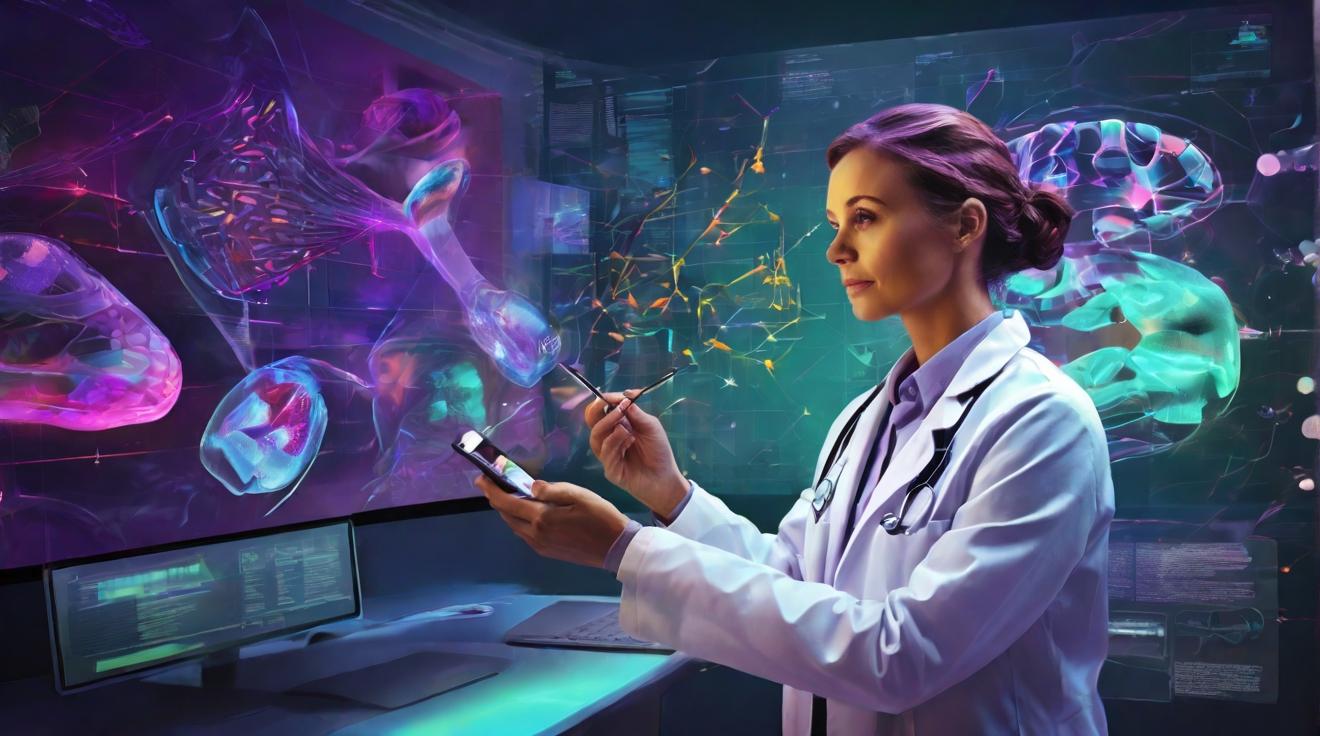Fatal Crash Raises Concerns Over Tesla's Full Self-Driving Software
In a tragic incident last year, Tesla employee Hans von Ohain lost his life in a crash while reportedly using the company's Full Self-Driving (FSD) software. This event has sparked a heated debate about the safety of autonomous driving technologies and their deployment on public roads.
A Misleading Sense of Security?
The crash, which occurred as von Ohain and a companion were returning from a golf outing, has brought Tesla's FSD technology under scrutiny. According to a Washington Post report, the Model 3 vehicle veered off the road and caught fire, resulting in von Ohain's death and injuries to his passenger, Erik Rossiter. Rossiter alleged that the car was operating on an "auto-drive feature" that failed to navigate the road correctly.
Despite the advanced capabilities of Tesla's driver-assistance technology, the company maintains that its FSD software requires human supervision at all times. However, the bereaved family and critics argue that Tesla oversells the autonomy of its systems, giving users a "false sense of security."
Investigations and Liability Questions
Following the incident, law enforcement and safety regulators have been trying to elucidate FSD's role in the crash. However, the investigation faces challenges due to the severe damage to the vehicle and the lack of accessible data. Tesla has reportedly been unable to confirm if the driver-assistance system was engaged due to insufficient data transmission.
The case also highlights the complex legal and ethical issues surrounding autonomous vehicles (AVs). Nora Bass, von Ohain's widow, expressed frustration over her inability to pursue legal action, pointing to her husband's state of intoxication but also questioning Tesla's marketing of its FSD technology.
The Future of Autonomous Driving Safety
This incident casts a shadow over the burgeoning autonomous vehicle industry, emphasizing the need for clearer guidelines and standards. As more Tesla cars equipped with FSD hit the roads, the urgency for regulatory frameworks that ensure public safety while fostering innovation becomes increasingly apparent.
Moreover, the crash underscores the importance of responsible marketing by AV manufacturers. Companies must provide accurate representations of their technology's capabilities and limitations to prevent misuse and ensure that drivers remain aware of their critical role in vehicle operation.
Conclusion
As the debate over the safety and reliability of autonomous driving technologies rages on, the tragic loss of Hans von Ohain serves as a somber reminder of the road ahead. It highlights the need for a balanced approach that embraces the potential of these technologies while safeguarding against their risks. The automotive industry, regulators, and the driving public must come together to navigate this complex landscape, ensuring that the benefits of innovation do not come at the cost of human lives.
Analyst comment
Negative news.
As an analyst, the market for autonomous driving technologies will likely face increased scrutiny and regulation. Companies like Tesla may face challenges in proving the safety and reliability of their systems. The incident emphasizes the need for clearer guidelines and responsible marketing to ensure public safety and prevent misuse of the technology.













